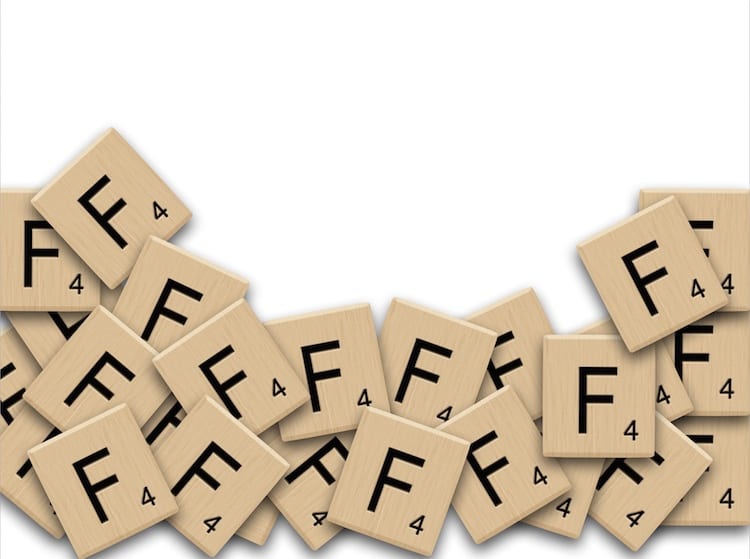Funtabulously Frivolous Friday Five 179
Just when you thought your brain could unwind on a Friday, you realise that it would rather be challenged with some good old fashioned medical trivia FFFF, introducing the Funtabulously Frivolous Friday Five 179
Paediatricians: Are they just little adultts?
Reveal the funtabulous answer
YES
According to a sample of 61 paediatricians, 57 emergency medicine physicians, 31 general internal medicine physicians and 15 healthcare of the older person physicians across the UK and NZ….
Paediatricians were significantly shorter than non-paediatricians (mean height 168.0 v 173.9 cm)
- Tabner A et al. Paediatricians: are they just little adults? Emergency Medicine Journal 2016;33:918-919.
Question 2
You catch your junior RMO playing ‘rock, paper, scissors’ in fast-track, they claim they are working. What assessment are they doing?
Reveal the funtabulous answer
They are using the game to assess motor function of the median, radial and ulnar nerves.
The median nerve flexes the wrist and fingers into a fist for rock.
The radial is tested by extending the fingers and metacarpophalangeal joints to produce paper.
The scissors are created by clawing the ring and little finger and abducting the extended index and middle finger.
In addition the anterior interosseous nerve produces the ‘OK’ sign with your fingers. This tests the motor power to your flexor pollicus longus and the deep flexor of the index finger.
- Davidson AW. Rock-paper-scissors. Injury. 2003 Jan;34(1):61-3.
- Rock Paper Scissors: calculate your way to victory
Question 3
Quinine has been extracted since the 17th century to treat malaria in South America by the Jesuit’s. Which religious group of physicians refused to prescribe the ‘Jesuit Powder’?
Reveal the funtabulous answer
Protestant physicians hatred of the Jesuits and religious intolerance created a long conflict as to the benefits of ‘Jesuit Powder’
The powdered bark of the South American cinchona tree is the source of quinine – the mainstay treatment for malaria for centuries. The Inca name for this tree was quina but there is no evidence that they recognised its value for the treatment of malaria, but simply for its ability to prevent cold-induced shivering. It was the Jesuit missionaries who first used the powdered tree bark for treating malaria.
- Mann J. Jesuits’ powder and quinine. 2009
Question 4
Mycobacterium leprae, the cause of Hansen’s disease, is very difficult to grow in culture. Cells from which animal are the best to use?
Question 5
What is the longest anyone has had the hiccups for?
Reveal the funtabulous answer
68 years
American Charles Osborne had the hiccups for 68 years, from 1922 to February 1990, and was entered in the Guinness World Records as the man with the longest attack of hiccups, an estimated 430 million hiccups
In Slavic, Baltic and Hungarian folklore, it is said that hiccups occur when the person experiencing them is being talked about by someone not present.

FFFF
Funtabulously Frivolous Friday Five
Dr Neil Long BMBS FACEM FRCEM FRCPC. Emergency Physician at Kelowna hospital, British Columbia. Loves the misery of alpine climbing and working in austere environments (namely tertiary trauma centres). Supporter of FOAMed, lifelong education and trying to find that elusive peak performance.


